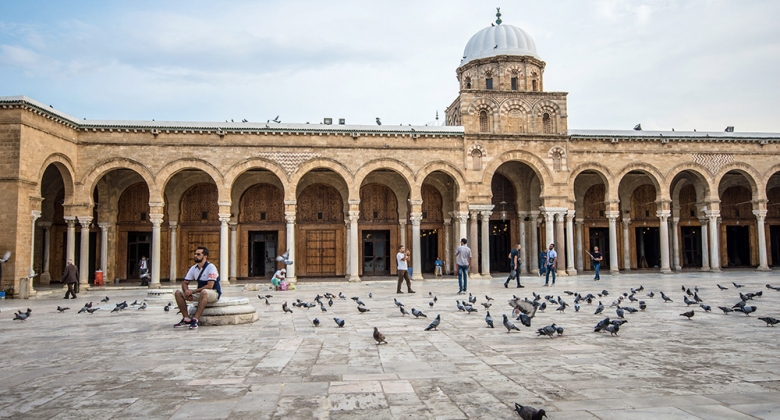

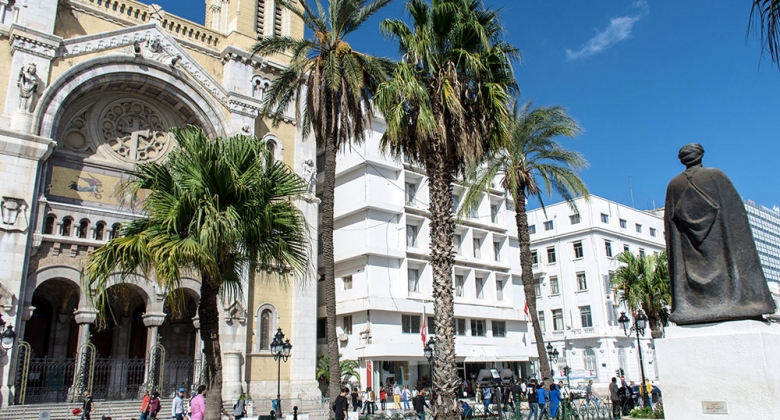
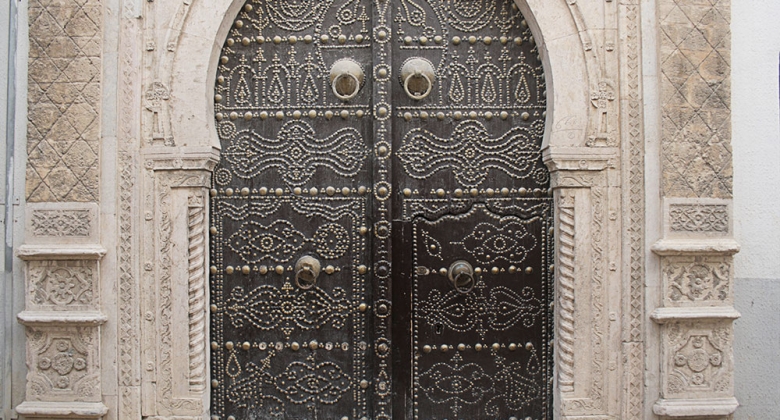
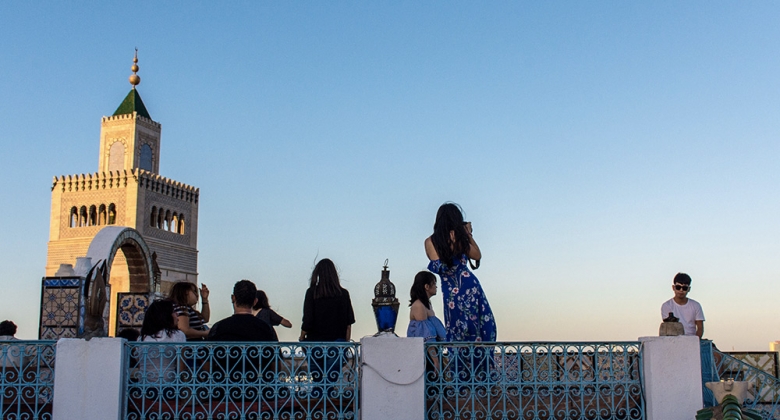
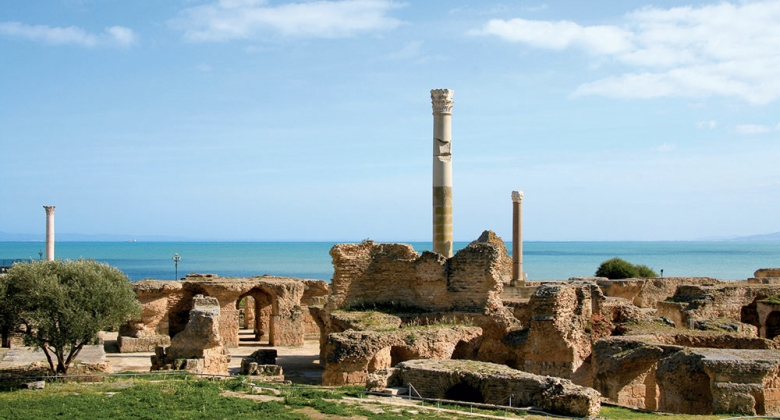
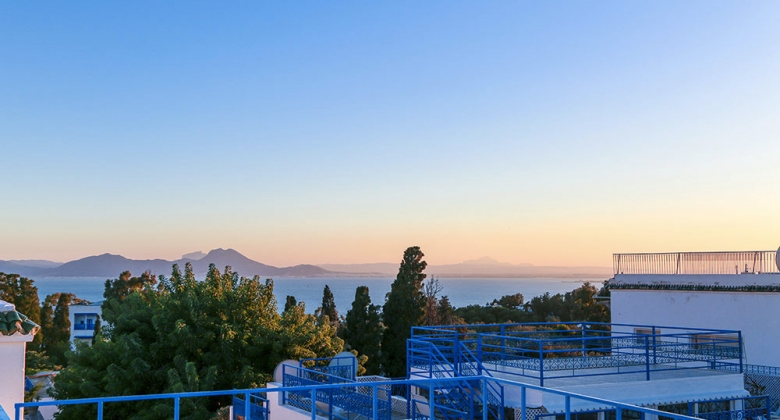
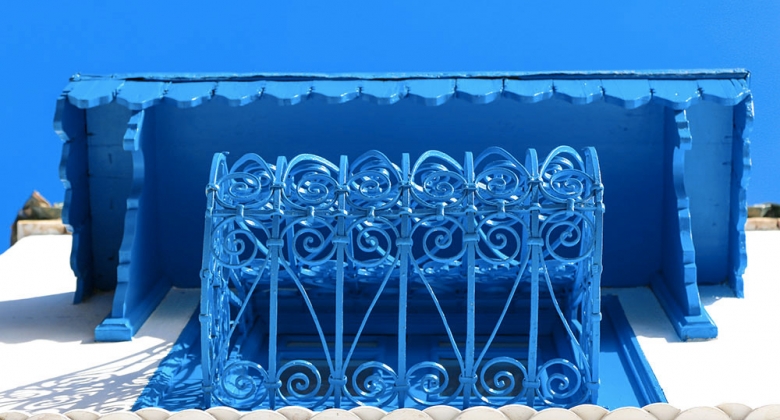
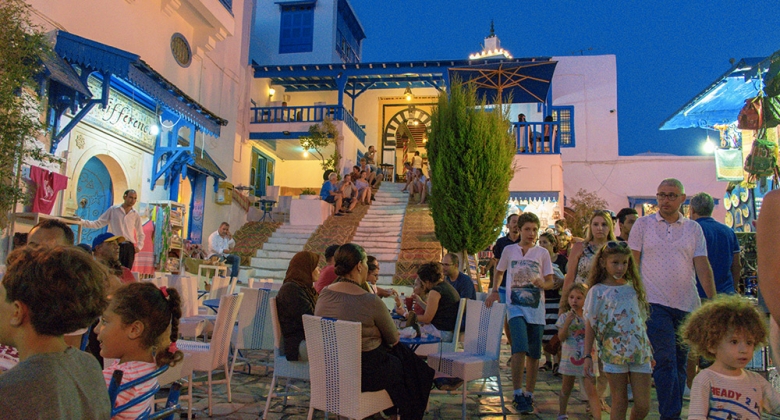
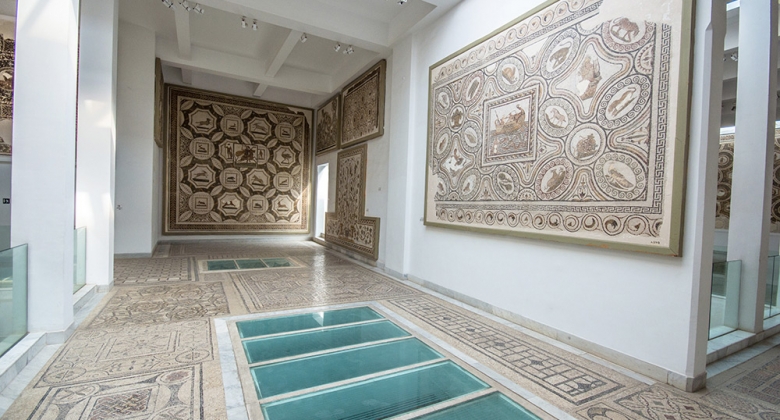
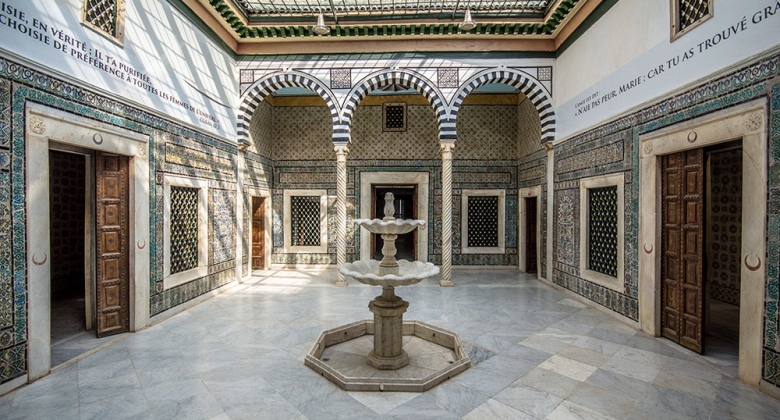
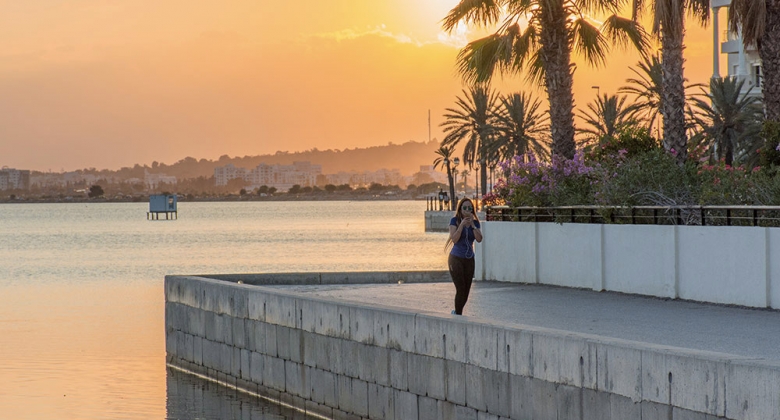
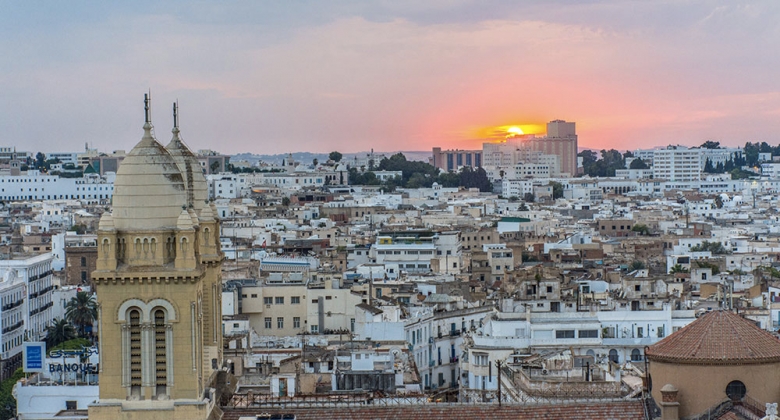
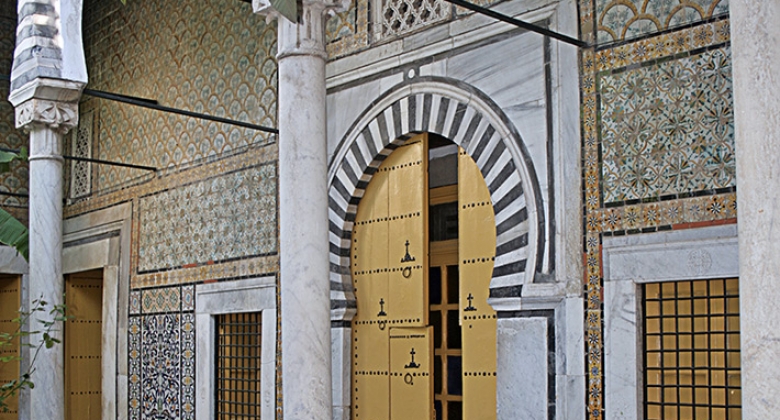
![]() Tunis, Carthage, Sidi Bou Saïd are places loaded with history but also overflowing with life. The capital offers you restaurants, shows, monuments, historical neighbourhoods… and even beaches, golf courses and trendy nightclubs just a few kilometres away!
Tunis, Carthage, Sidi Bou Saïd are places loaded with history but also overflowing with life. The capital offers you restaurants, shows, monuments, historical neighbourhoods… and even beaches, golf courses and trendy nightclubs just a few kilometres away!
Then dive into the Tunis of 1900 around Avenue Bourguiba. Enjoy grilled fish in the central market, or in a restaurant in La Goulette, on the coast.
Climb to the top of the hill in the charming village of Sidi Bou Saïd: a unique panorama across a turquoise sea!Depending on your mood, you could enjoy an evening flavoured with Andalusian music while tasting delicious tiny pastries, or you could dance until the sun comes up in one of the famous nightclubs of the Coasts of Carthage.
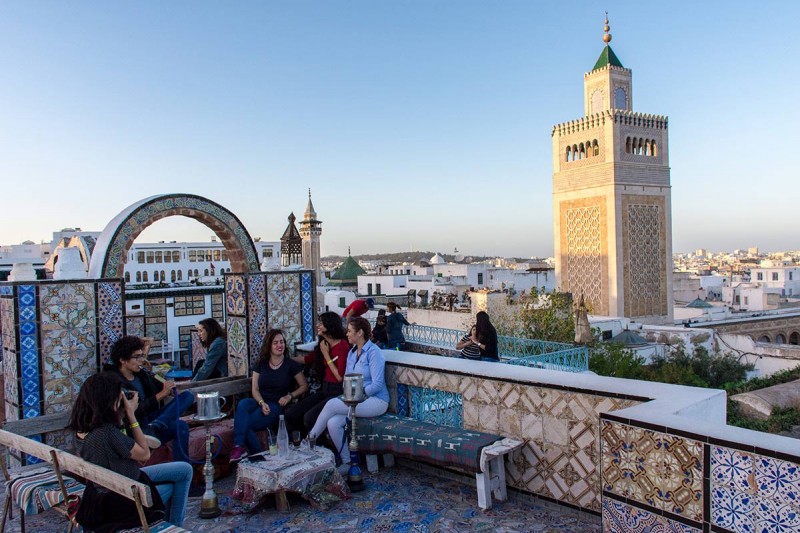
The rooftops of the Medina
Choose and book without intermediaries
For a typical Tunisian meal, head for something like Chez Slah in the city centre, or Fondouk al-Attarine in the medina. For a gourmet meal: the restaurant Le Baroque in Tunis. For a meal of fish and seafood cooked "à la tunisienne", the Café Vert in La Goulette near Carthage.
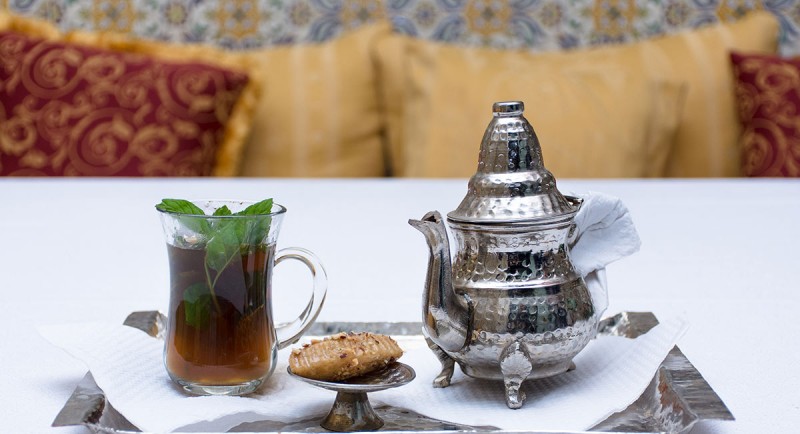
Nightlife: many trendy cafés and restaurants in Berges du Lac, seaside bars and nightclubs in Gammarth.
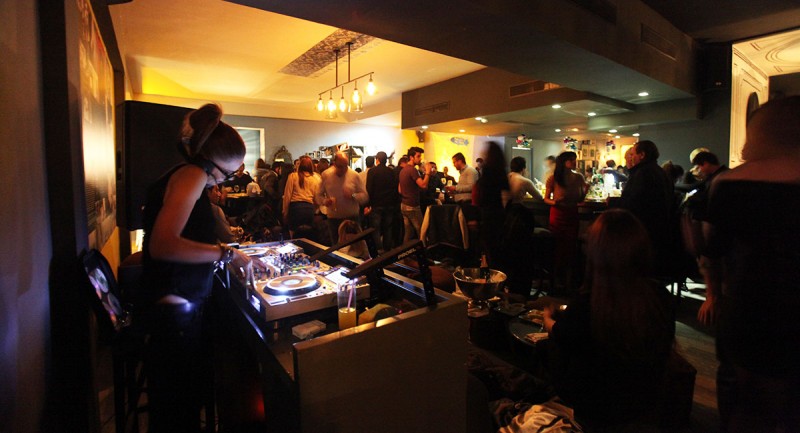
In the city centre of Tunis, take a stroll to the Central Market: a place rich in colours and fragrances and a unique atmosphere!
In summer, swimming and sunbathing are the order of the day on the beaches just a few kilometres away from the city centre.
Golf, wind-surfing, jet ski, exotic massages in a spa or camel-rides… the Coasts of Carthage seaside destination has plenty to keep you entertained.
And if you wish to get a better understanding of Tunisian culture, you could visit an ancient palace or an art gallery, attend a contemporary dance performance or a concert of Sufi musicians.
Don’t skip visiting the essentials of the region: The Great Mosque Al-Zaytuna, the ruins of Carthage, the Bardo museum...
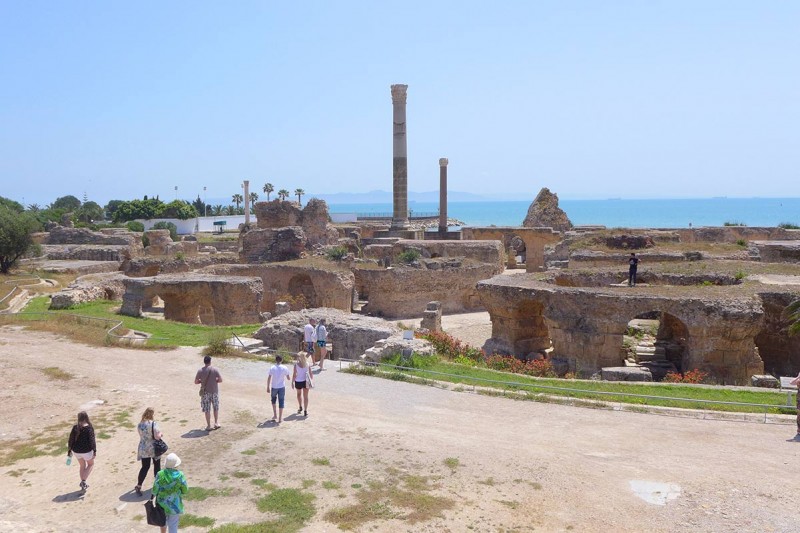
The Baths of Antoninus in Carthage
To extend your stay, take a trip to the surrounding area: magnificent historical sites such as Oudhna, Thuburbo Majus or Dougga, mountainous landscapes around Zaghouan...
Read: 5 palaces in Tunis and surroundings
Looking for ideas for a weekend in Tunis? Download the free application Tunis-Carthage City Guide (on App Store and Google Play).
Visit Carthage by bike with Le Lemon Tour, bicycle rental service and guided tours. One of the best ways to enjoy the archaeological site and the charm of the town!
Shows: whether you are interested in traditional Arabic music, dance or Tunisian cinema, you will find all kinds of events in Tunis, Sidi Bou Saïd, Carthage and La Marsa. Video: Inauguration of the City of Culture in Tunis.
Museum: The museum of modern art MACAM Tunis, a great introduction to Tunisian plastic arts.
Bookshops: on Avenue Bourguiba, the Al Kitab bookshop offers a very wide choice of books (heritage, art, current affairs, novels etc.). Located in the heart of the medina on rue Sidi Ben Arous, the Espace Diwan specialises in books on Tunisian heritage, travel stories, etc. In Carthage, the bookstore and art space Fahrenheit 451 offers a beautiful selection of books and art and craft exhibitions.
Music festivals: Musiqât (neo-traditional music), Jazz à Carthage (jazz, pop, R&B), Festival de la Médina and Nuits d’Ennejma Ezzahra (traditional and modern Tunisian music)…
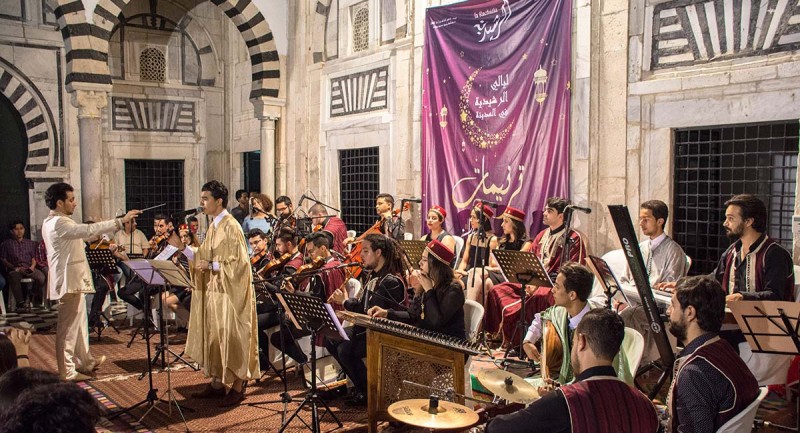
Another way to experience the Medina of Tunis: take part in the Dream City festival, a biennial festival of contemporary art which presents itself as a great treasure hunt through the old city… Read more.
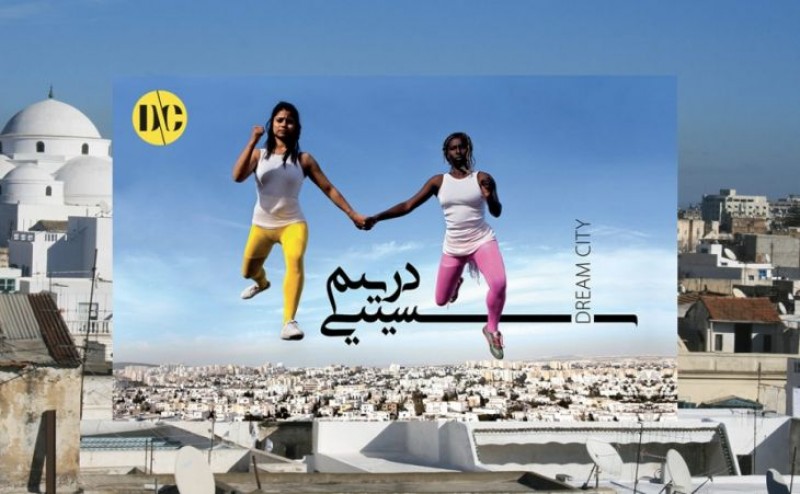
Are you sporty, do you like nature? To the south of Tunis, take part in a trail race or other outdoor activities in the green landscape of the Mount Zaghouan, thanks to events organised by local associations: zip line, climbing, pendulum jumping… Read more.
Pendulum jump at Mount Zaghouan.
![]() The Great Mosque Al-Zaytuna, the ruins of Carthage, the Bardo Museum, the Medina, the village of Sidi Bou Saïd… the capital and its surroundings deserve a long visit.
The Great Mosque Al-Zaytuna, the ruins of Carthage, the Bardo Museum, the Medina, the village of Sidi Bou Saïd… the capital and its surroundings deserve a long visit.
Recently modernised and expanded, the famous National Museum of Bardo contains a vast collection which covers the entire history of Tunisia, and more specifically its ancient history.
You will be stunned by the prodigious collection of Roman-African mosaics, all whilst admiring the Arab-Andalusian decor: it is housed in a former palace. Practical information.
Read more about the Bardo Museum and take a “Mouch Normal” stroll through the Museum:
Also read: The Islamic heritage in the Bardo museum
The old city of Tunis is one of the oldest and best preserved of the Arab world.
It is a tangle of narrow streets lined with white walls and vault-covered shopping streets – the souks.
The superbly decorated doors, the mosques inlaid with black and white marble, the shops displaying shimmering fabrics, the patios brightened by earthenware tiles give this city its atmosphere like no other.
The Medina of Tunis has been declared a World Heritage Site by UNESCO. Read more about Tunis, World Heritage site.
Download the free application “Tunis Medina Guide” (on App Store and Google Play).
At the heart of the medina, the “Mosque of the Olive Tree” (Zaytuna or Zitouna) is one of the oldest mosques in the world (9th century), and the oldest Islamic university still in existence.
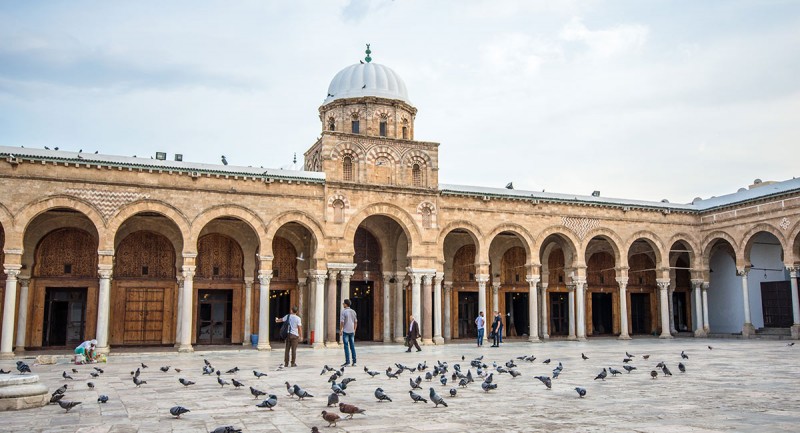
Its prayer hall (exclusively for Muslims) is filled with antique columns. Outside, one can admire the majestic arcades of the courtyard, the domes inlaid with pink and white marble and the tall minaret of Almohad inspiration.
Dar Lasram is one of the most beautiful palaces of the Medina. Its superb patio is decorated with carved plaster and golden-hued enamelled tile.
It dates from the beginning of the 19th century.
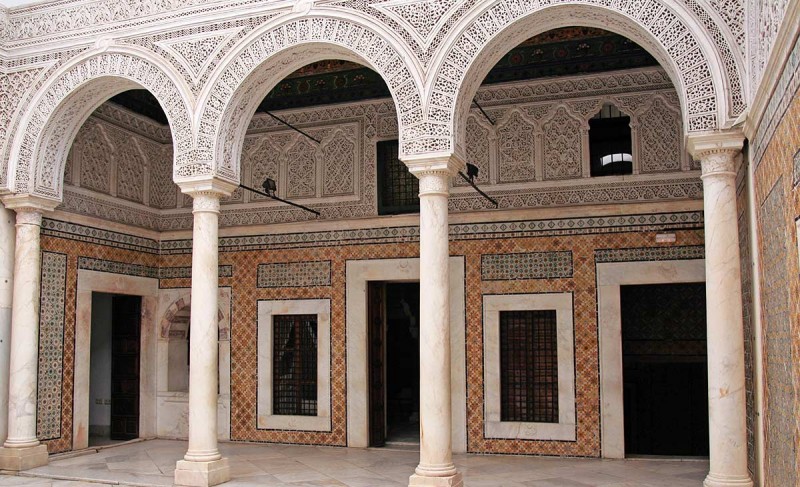
The palace is today the headquarters of the Association for the Safeguarding of the Medina. It is open during office hours.
Located on the outskirts of the Medina, this majestic monument is the mausoleum of a holy man, Sidi Qasim al-Jalizi, a ceramist by trade. It is also a ceramics museum.
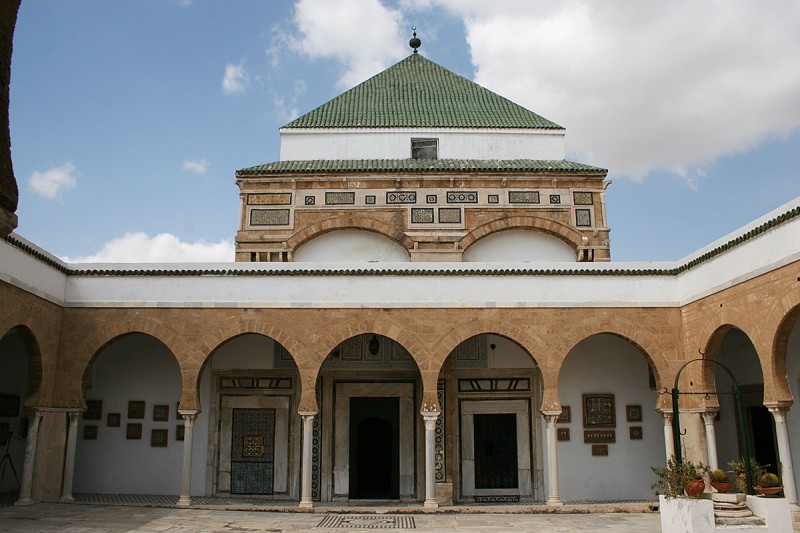
It displays earthenware tiles from the 18th century, and exceptional panels of 15th century ‘cuerda seca’ ceramics. More about Tunisian earthenware tiles.
Choose your accommodation in Tunis-Carthage and book without intermediaries
Attached to the medina, the old "European" district of Tunis has preserved its early twentieth century facades.
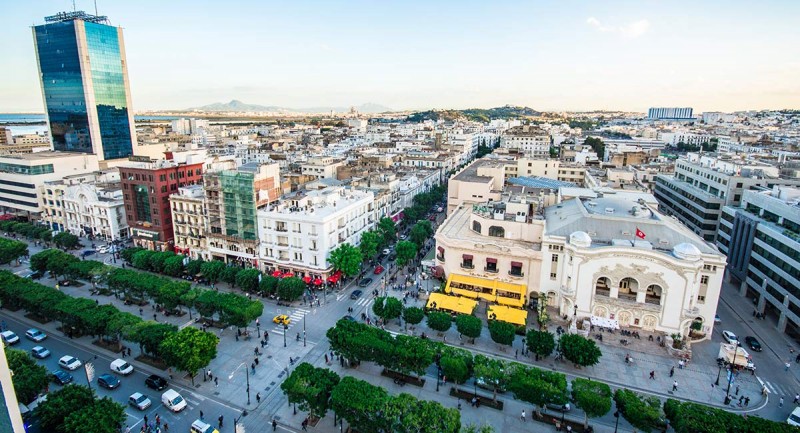
Several buildings illustrate great architectural diversity and in particular the vogue of the Art nouveau style: the Municipal Theater is the most remarkable example. Read more: Spend time in the Tunis of 1900.
The neighbourhood is organised around the beautiful Avenue Bourguiba, a busy thoroughfare lined with shops and café terraces.
A particularly picturesque spot is the Marché Central, a large covered market with appetising and colourful stalls.
Video: experience the atmosphere of the marketplaces with our programme ‘Mouch normal !’.
Criss-crossing the modern city is required to see all the traces of the glorious ancient metropolis: Baths of Antoninus, the Hannibal district, the Magon district, Tophet, Roman Villas, theatre, cisterns of Maalga…
Founded by the Phoenicians, Carthage was destroyed then rebuilt by the Romans who made of it one of the greatest capitals of their provinces, with monuments of a disproportionate size. More about Carthage, a UNESCO World Heritage site.
The main vestiges of Carthage:
These huge water cisterns give an idea of the great city that Carthage was in Roman times. Read more.
The monumental Roman baths of Carthage stood facing the blue of the Mediterranean Sea. Read more.
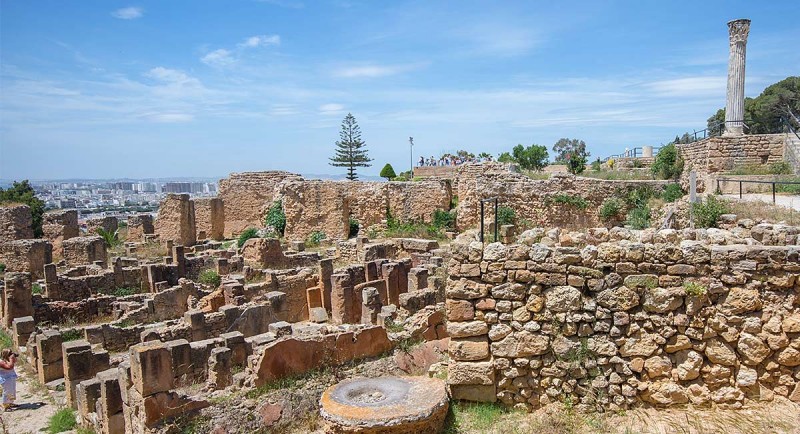
It was the holiest point of ancient Phoenician Carthage. A Punic settlement was found there: it is believed to have been built in the time of Hannibal.
Later, the entire top of the hill was covered by the Romans with a huge esplanade where sumptuous monuments rose.
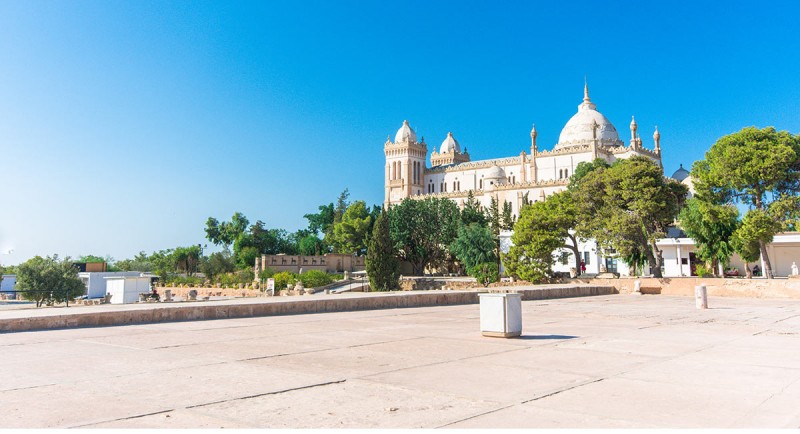
At the top of the Byrsa hill, the former St. Louis Cathedral was built in Byzantine-Moorish style at the end of the 19th century in honour of the French King Saint Louis, who died in Carthage in 1270.
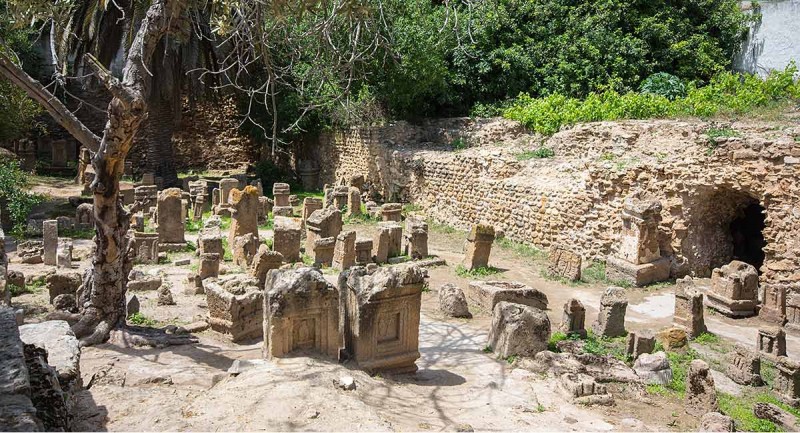
Known as the Tophet, located near the ports of Carthage, it was a large open-air Punic shrine dedicated to the goddess Tanit and the god Baal.
Thousands of stelae engraved with signs and inscriptions were placed there.
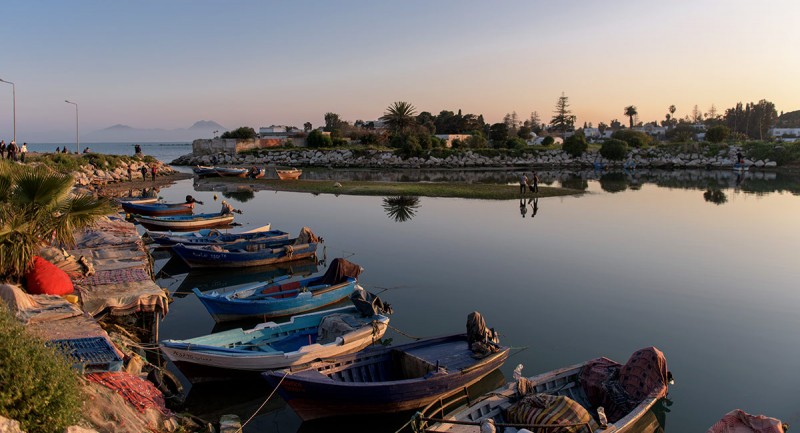
The circular shape of the military port and the rectangular basin of the merchant port are still recognizable, as well as remains of the old installations.
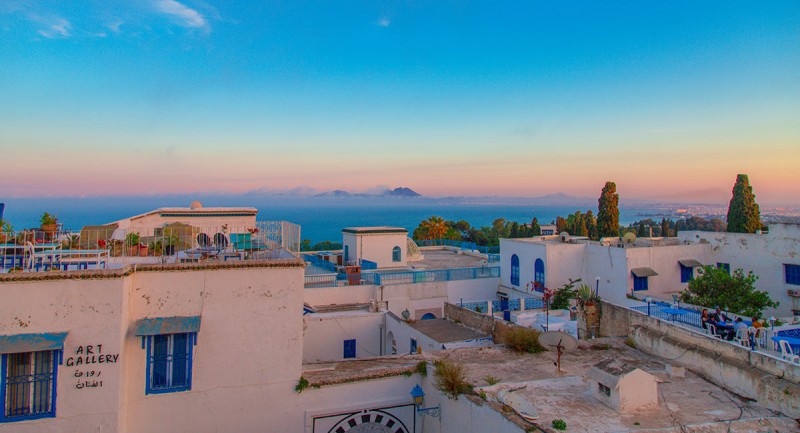
At the edges of Carthage, the hilltop of Sidi Bou Saïd is an enchanting place that has inspired artists and mystics.
Fishermen’s dwellings and former summer homes of the Tunis bourgeoisie create a tightly woven fabric of blue and white houses.
From the summit, a view across the bay of Tunis and one of the most beautiful panoramas of the Mediterranean.
An opulent Oriental palace in Sidi Bou Saïd: Ennejma Ezzahra, built at the beginning of the 20th century by an admirer of Tunisian culture, Baron Rodolphe d’Erlanger. Magnificent park and musical instruments museum. More about Baron d’Erlanger’s palace.
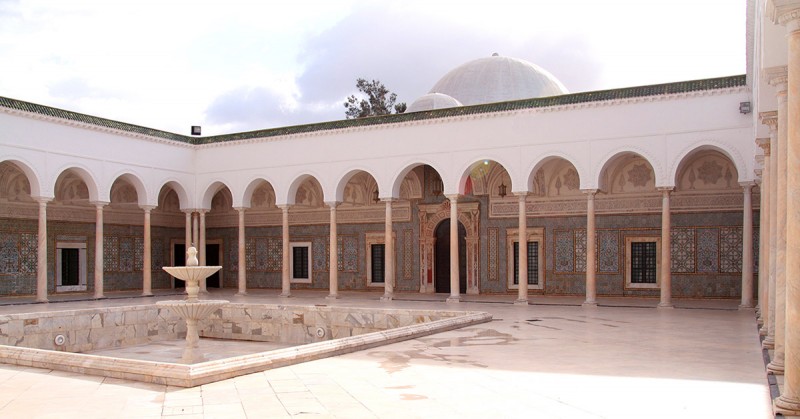
This elegant 18th century palace was the summer residence of the bey Hammouda Pasha. It houses the National Military Museum.
There is a reconstruction of the famous battles of Hannibal, uniforms and flags from the Ottoman period, souvenirs of the struggle for independence...
It is located in La Manouba, about ten kilometres from the city centre of Tunis.
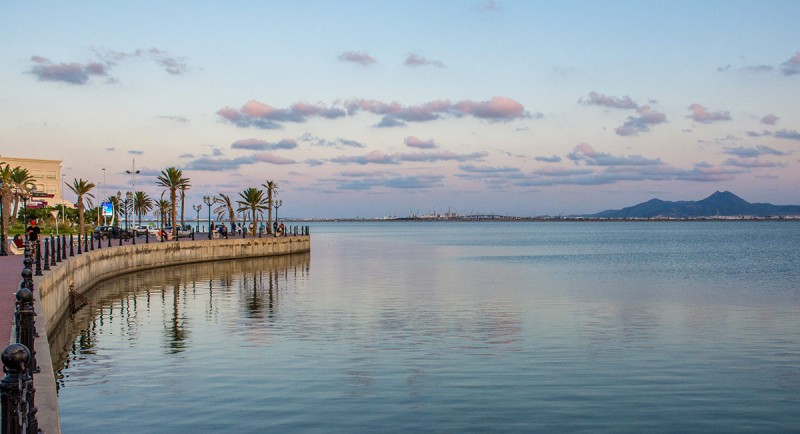
The Berges du Lac district is a modern district bordering the Lake of Tunis.
There are many trendy cafés, chic restaurants, shops and leisure facilities.
You can also enjoy the poetry of the view over the vast expanse of water.
Several motorways radiate outwards from Tunis and you can reach numerous points of interest just one or two hours drive away: nature, archaeological sites, villages, medieval fortresses etc. And if you have more time at your disposal, remember that Tunisia is a small country: all itineraries are possible and the Sahara is just 450 km away!
South of Tunis, this small Andalusian town perches upon a line of rocky spurs surrounded by orchards and shrubland.
Ideal for a day of trekking towards the summits: Mount Zaghouan peaks at 1295 metres. Also read: near Hammamet.
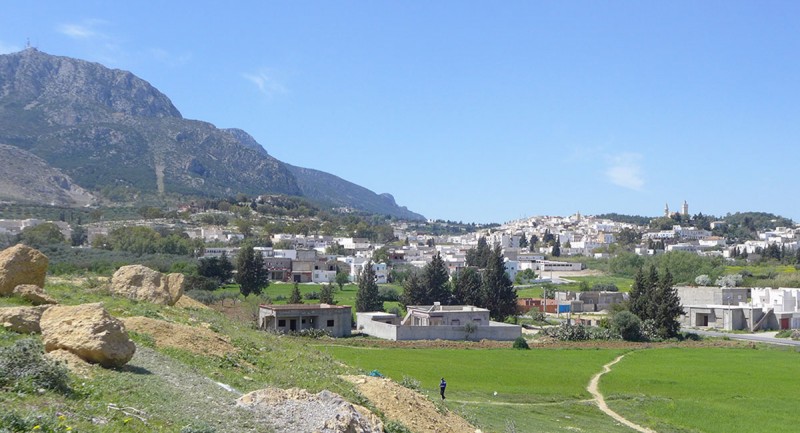
Next to Zaghouan, a marvellous Berber village on the mountainside, partly abandoned. Read more about the village of Zriba.
South of Tunis, you can see the ruins of the gigantic Roman aqueduct which transported water from the springs of Mount Zaghouan all the way to Carthage.
It had a total length of 132 km! Read more about the aqueduct of Zaghouan.
Not far from there, Oudna (called Uthina in ancient times) is located in a beautiful hilly region.
To see: its Capitol built on two floors of vaulted rooms, its vast amphitheatre which could accommodate 16,000 people. Read more about Oudna archaeological site.
An ancient site of great beauty thanks to the tawny colour of the stone burnished red by the sun!
The magnificent colonnades of the palestra (sports field) and the Capitol (main temple) stand out against a green, hilly landscape.
The remains of the thermal baths and several temples provide fascinating evidence of Roman-African culture.
Read more about Thuburbo Majus archaeological site.
Two hours drive to the west of Tunis, this extraordinary historical site is well worth the journey.
The Roman theatre and Capitol, the Numidian mausoleum, the countless ruins of temples, baths and houses form a remarkably preserved historical town.
Dougga has been declared a World Heritage Site by UNESCO. Read more about Dougga archaeological site.
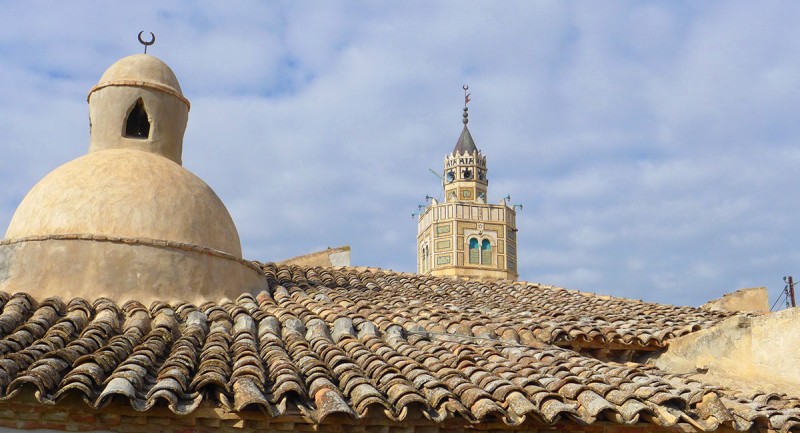
This town founded by Andalusians in the 17th century contains unusual Spanish-inspired monuments.
Nearby, stroll through pastoral landscapes, visit the ancient ruins of Mustis and Aïn Tounga or visit the waterfall of Djebba.
Also read: Habiba Msika’s house in Testour
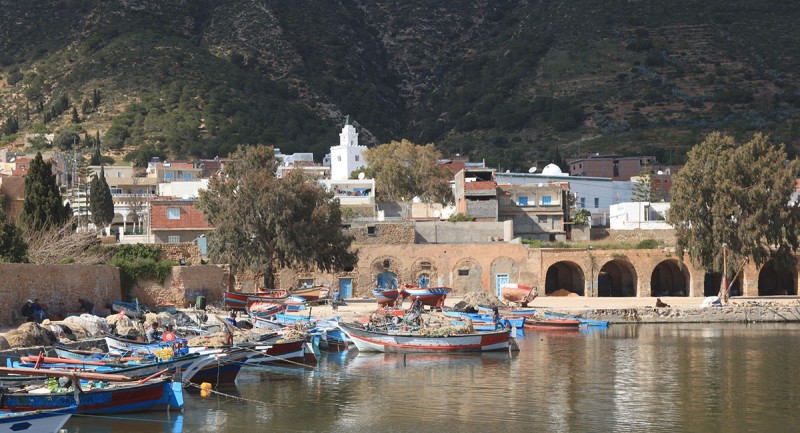
Superb beaches, pine forests, paths through wild nature and ruins of the former arsenal of Tunis… these two neighbouring locations, to the north of Tunis, are worth a visit.
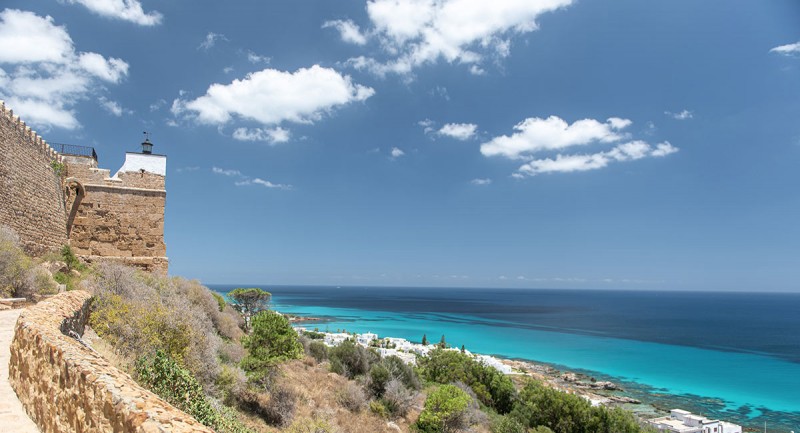
Stroll through the orchards, observe the birds in the lagoons, scuba dive, visit a Carthaginian ruin or a medieval fortress, take a dip on a sandy beach or in the hot spring of Korbous that discharges into the sea… there’s so much to do!
Read more about the Cape Bon region.
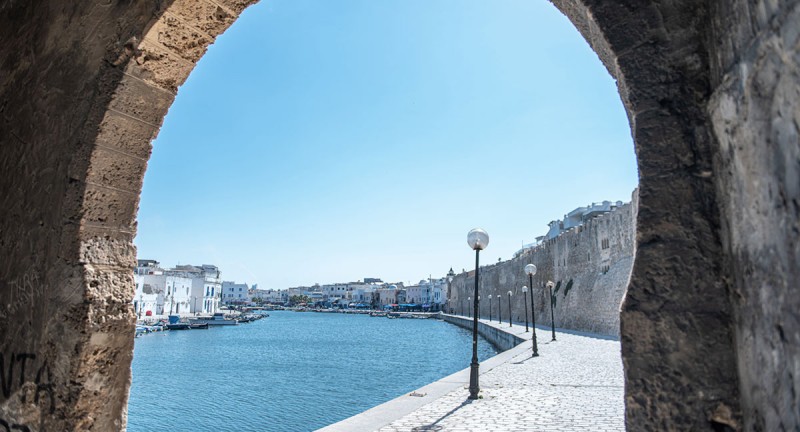
Visit the old city of Bizerte. Go hiking on Mount Ichkeul which overlooks a large lake (Ichkeul National Park has been declared a World Heritage Site by UNESCO).
Take a dip on the marvellous beaches of the northern coast where creeks, cliffs, pebbles and fine sand alternate.